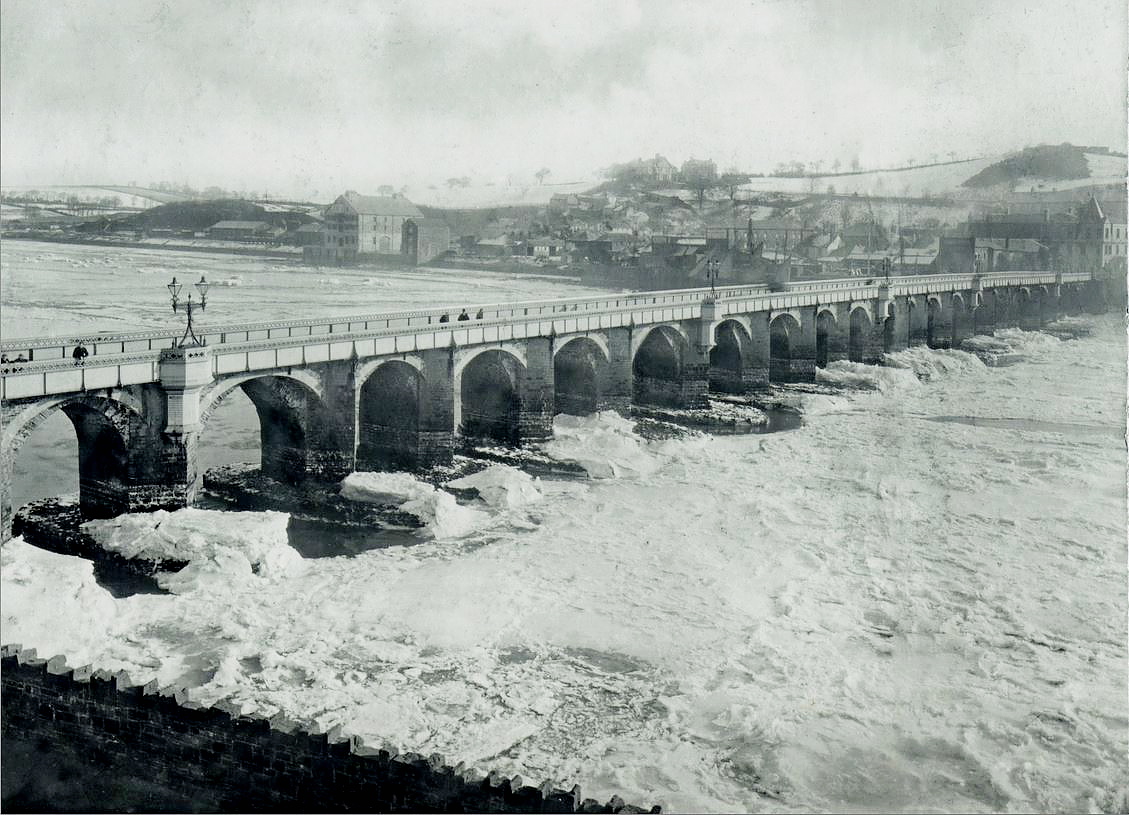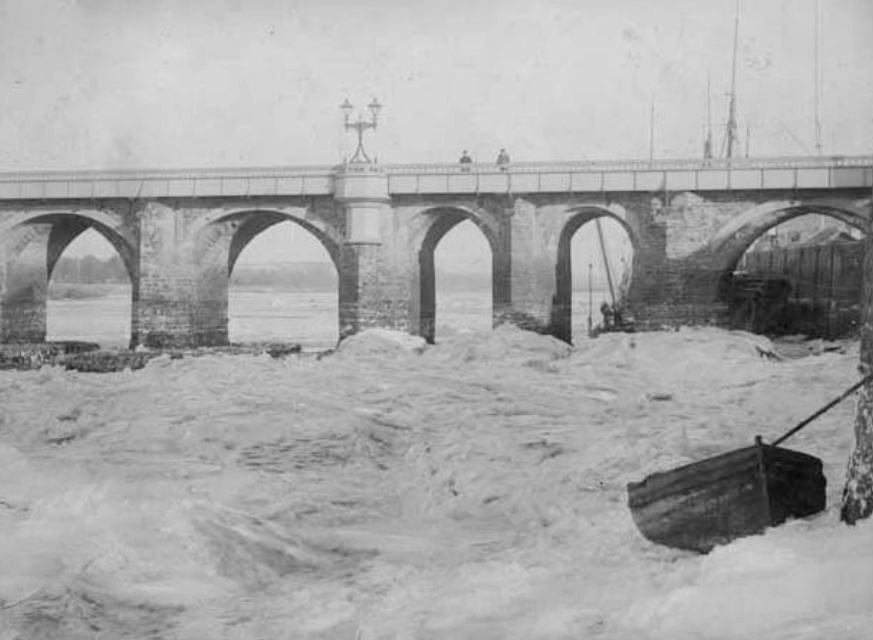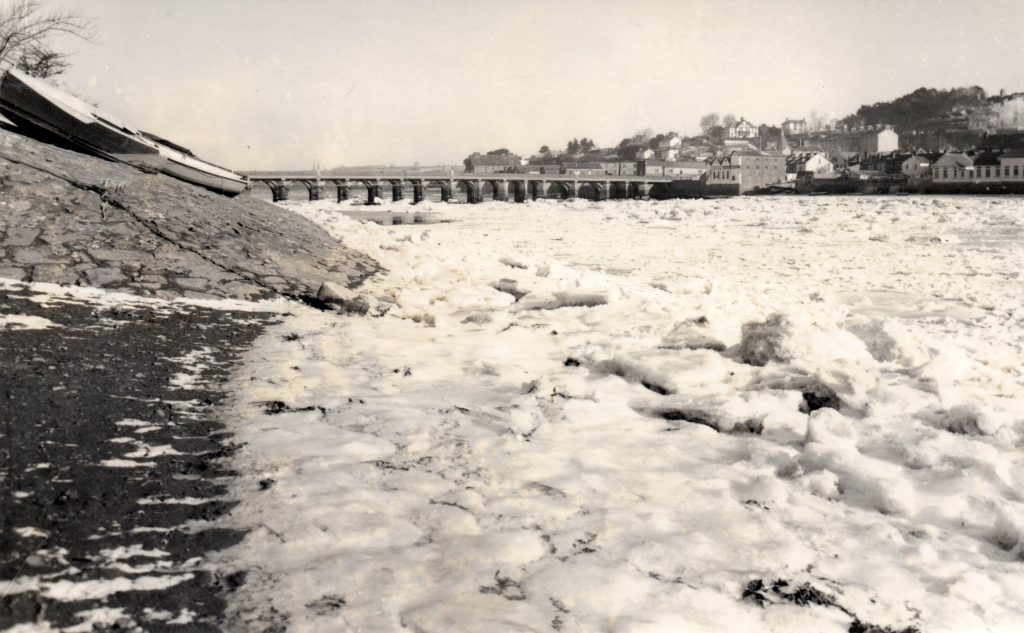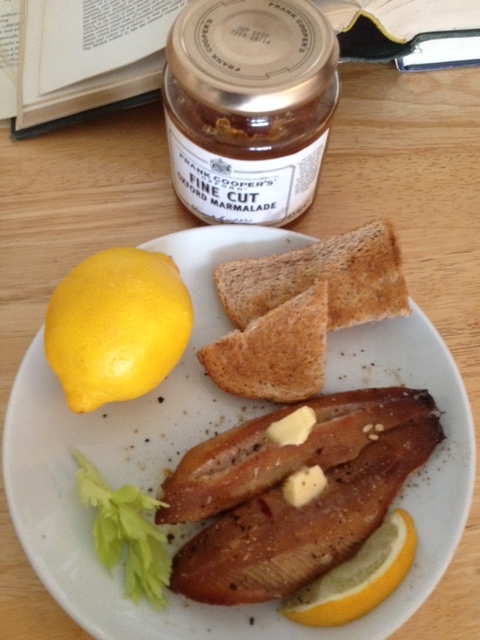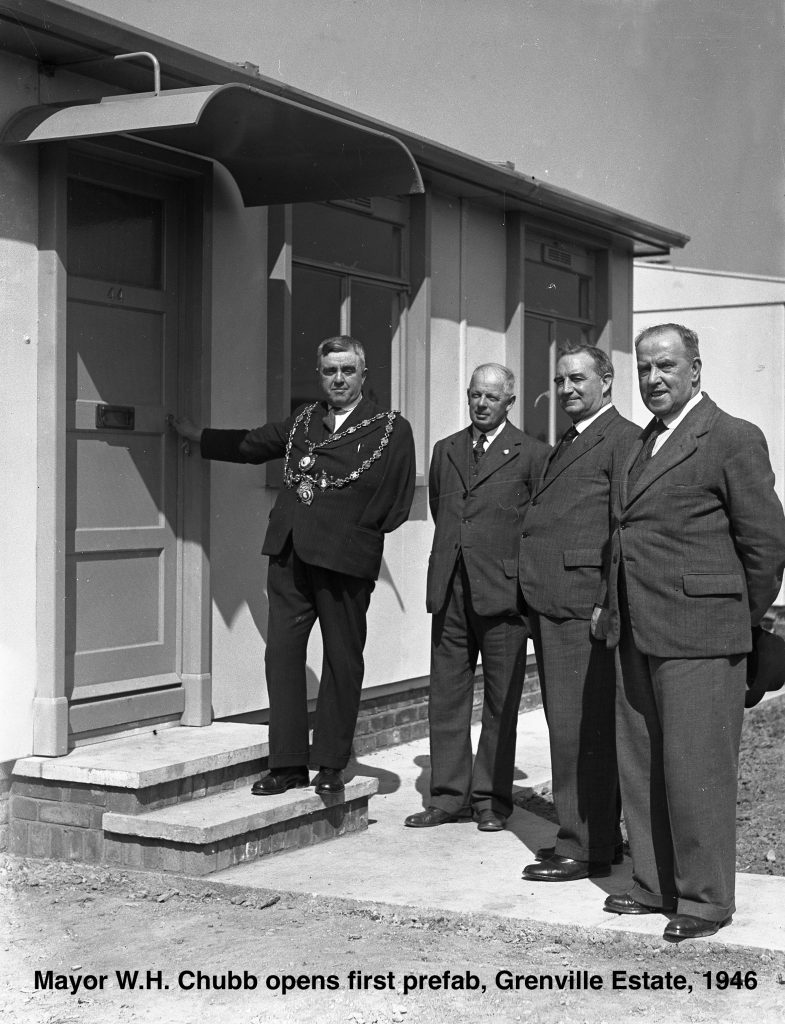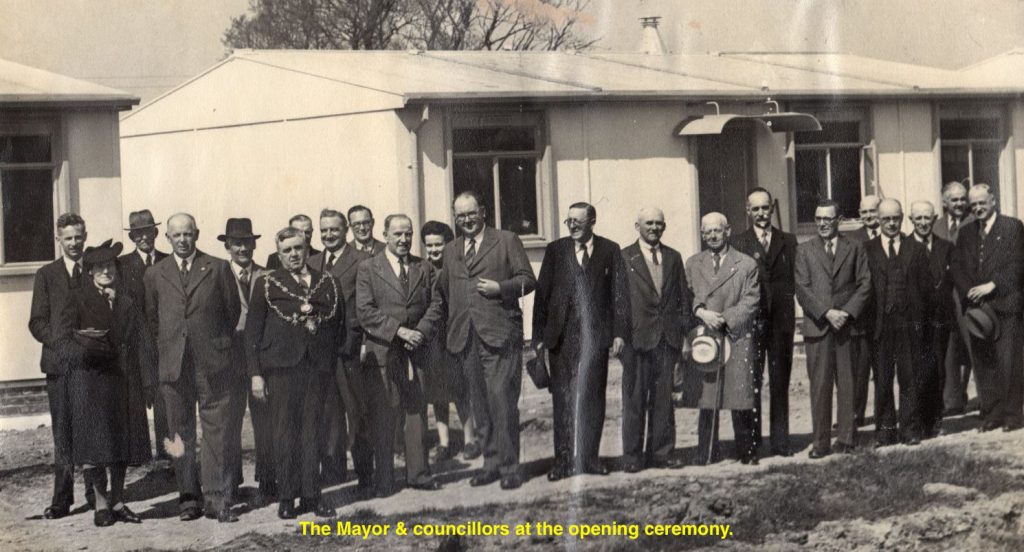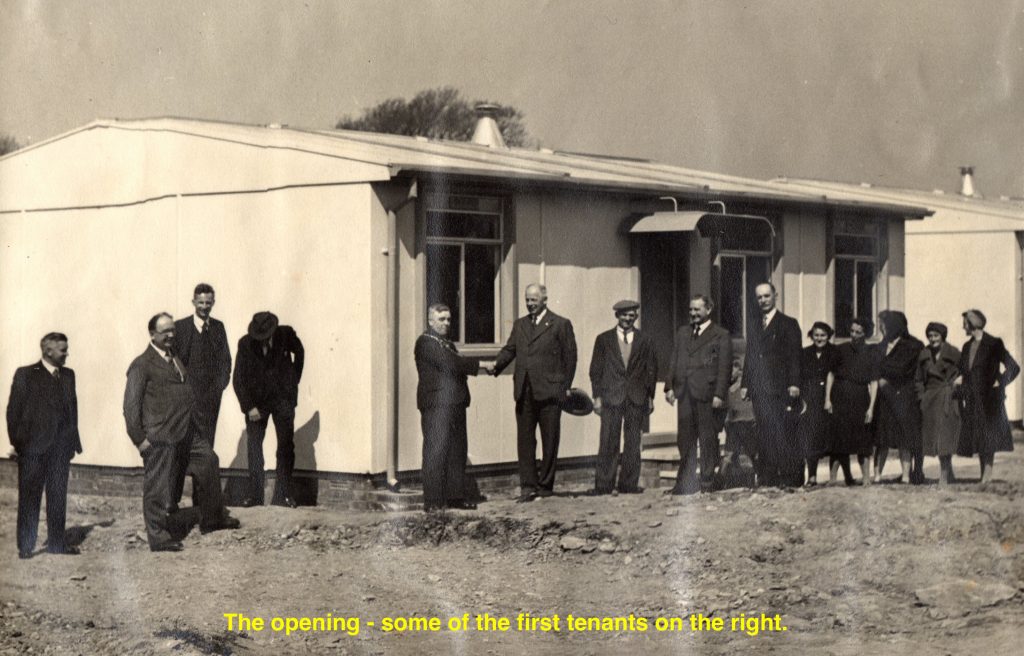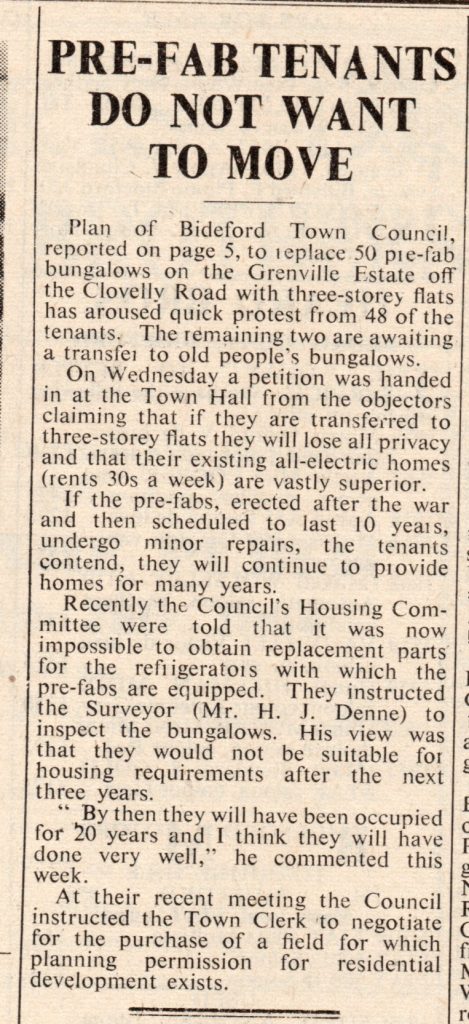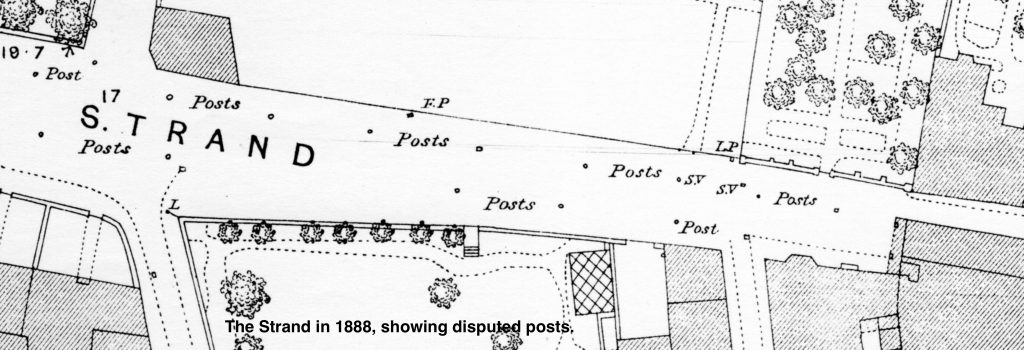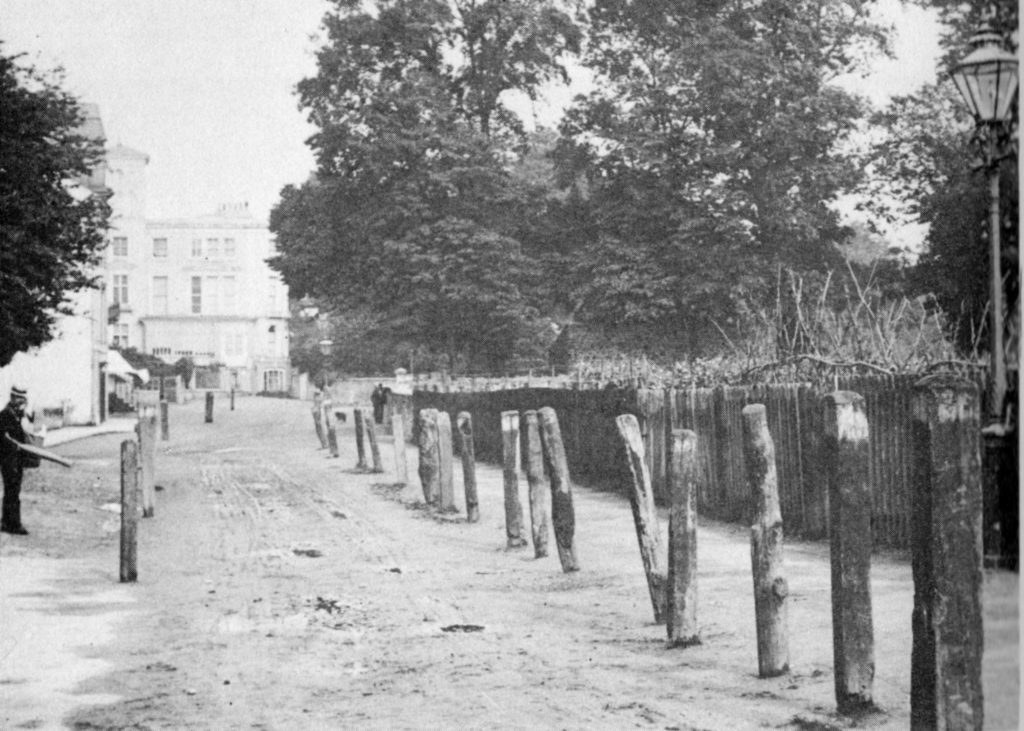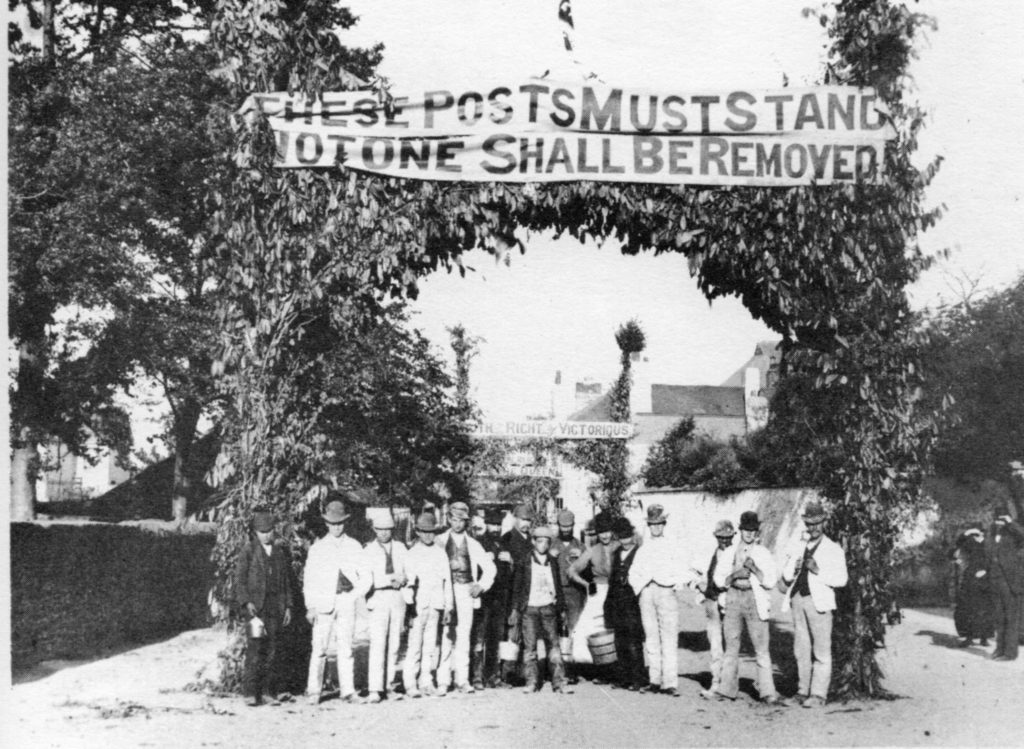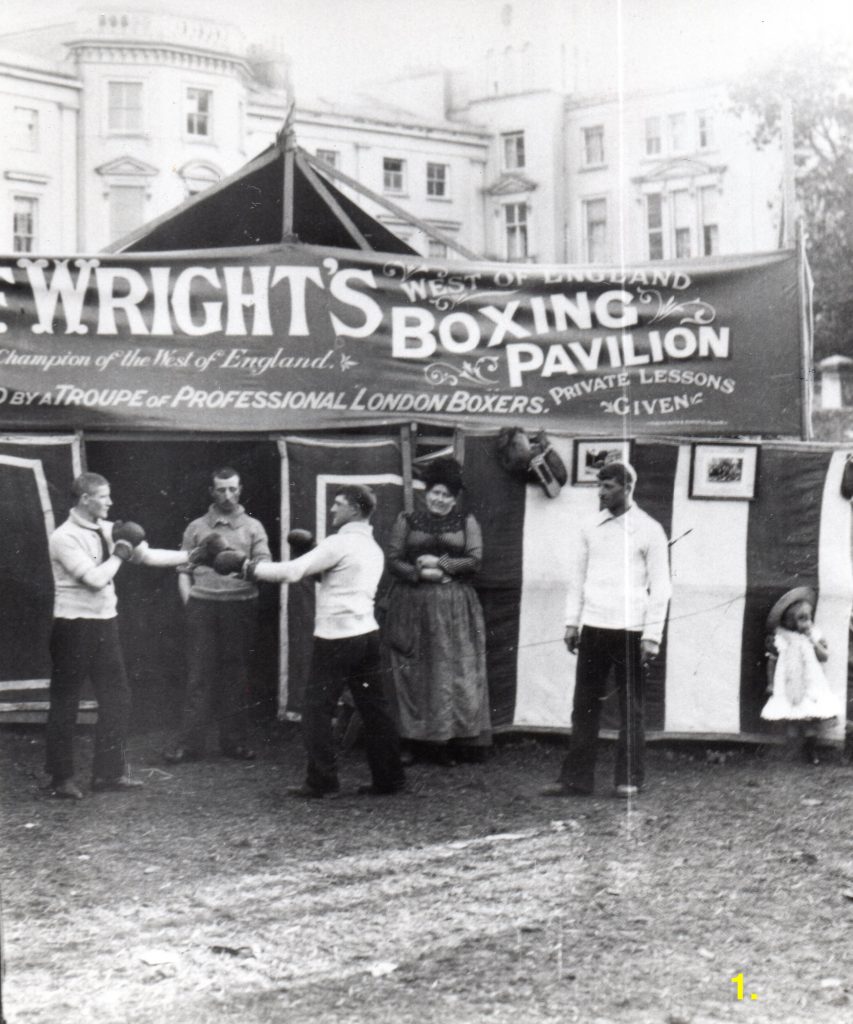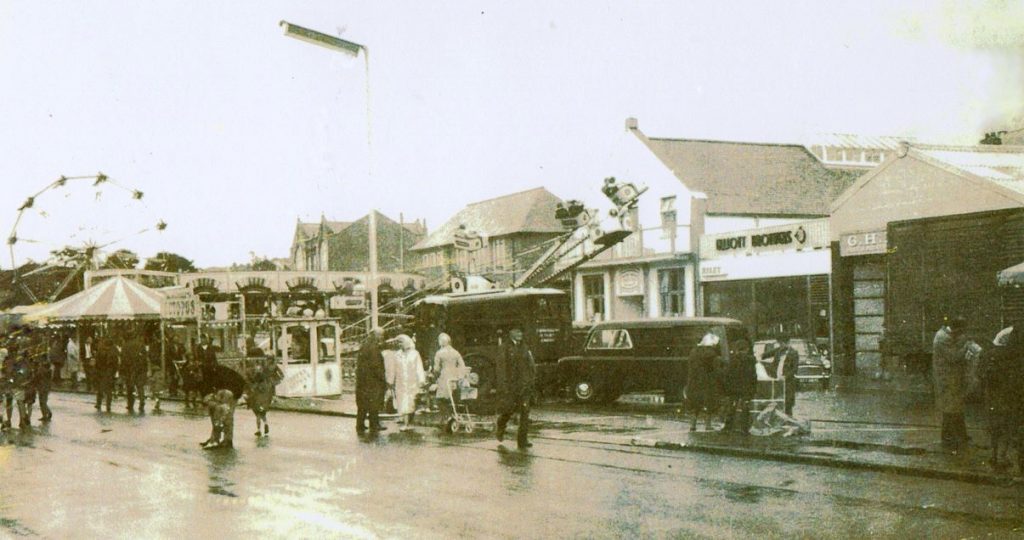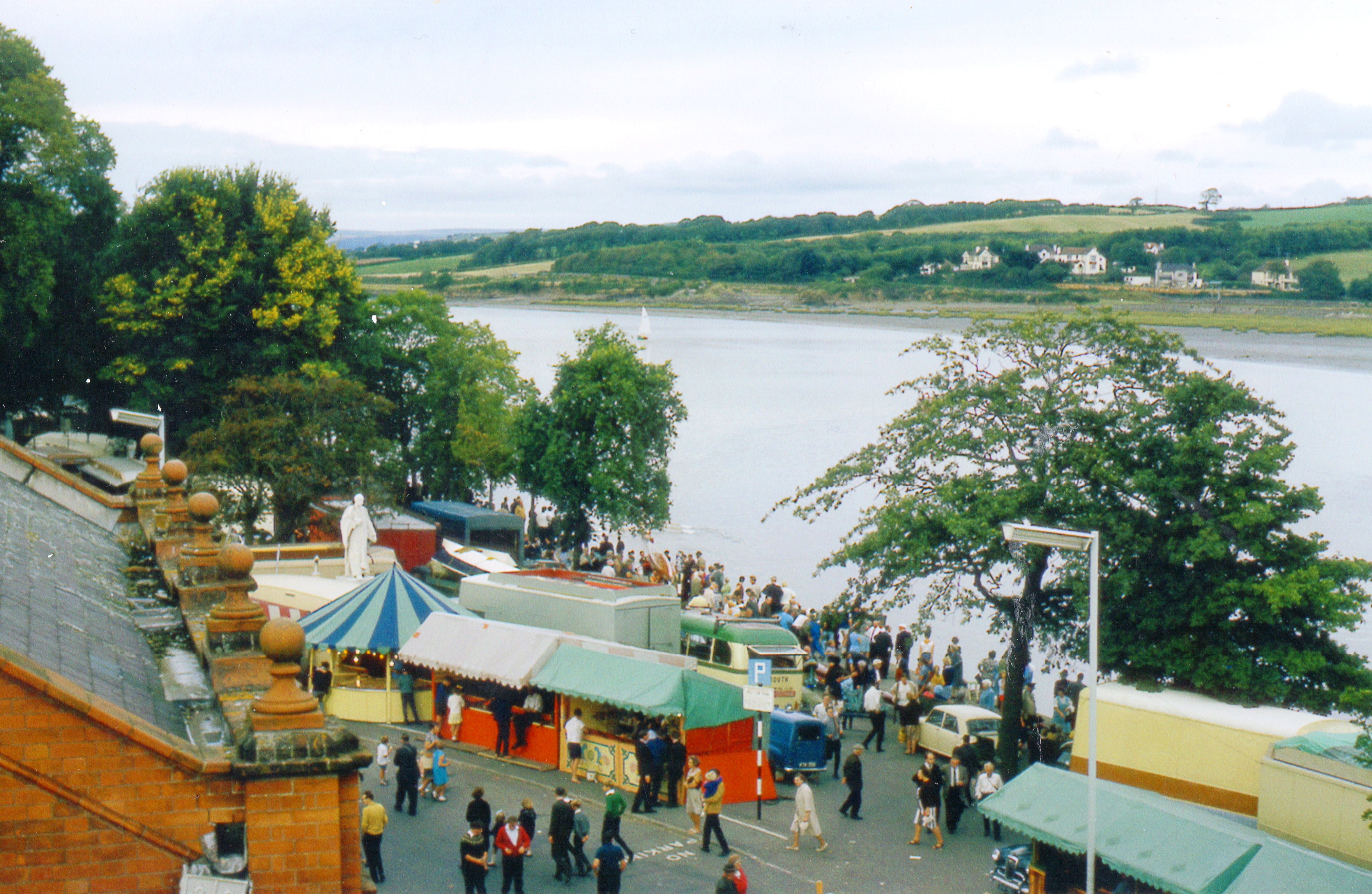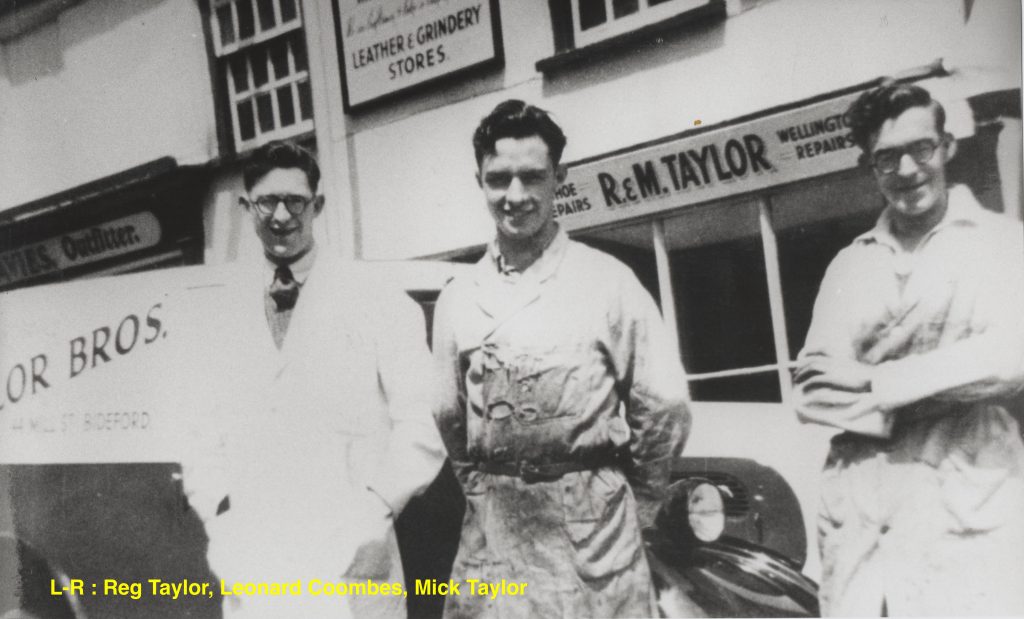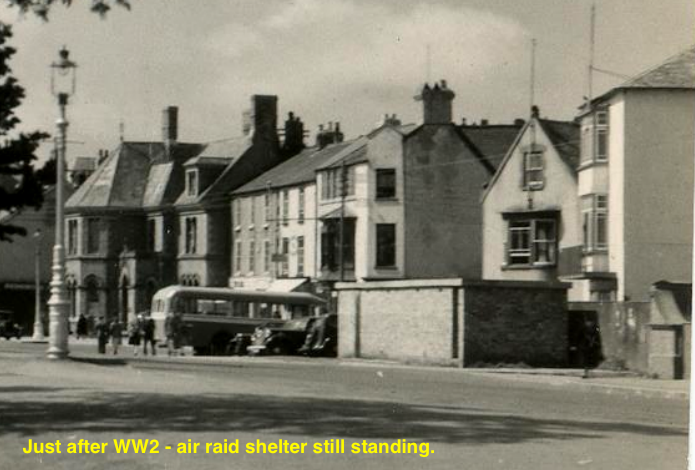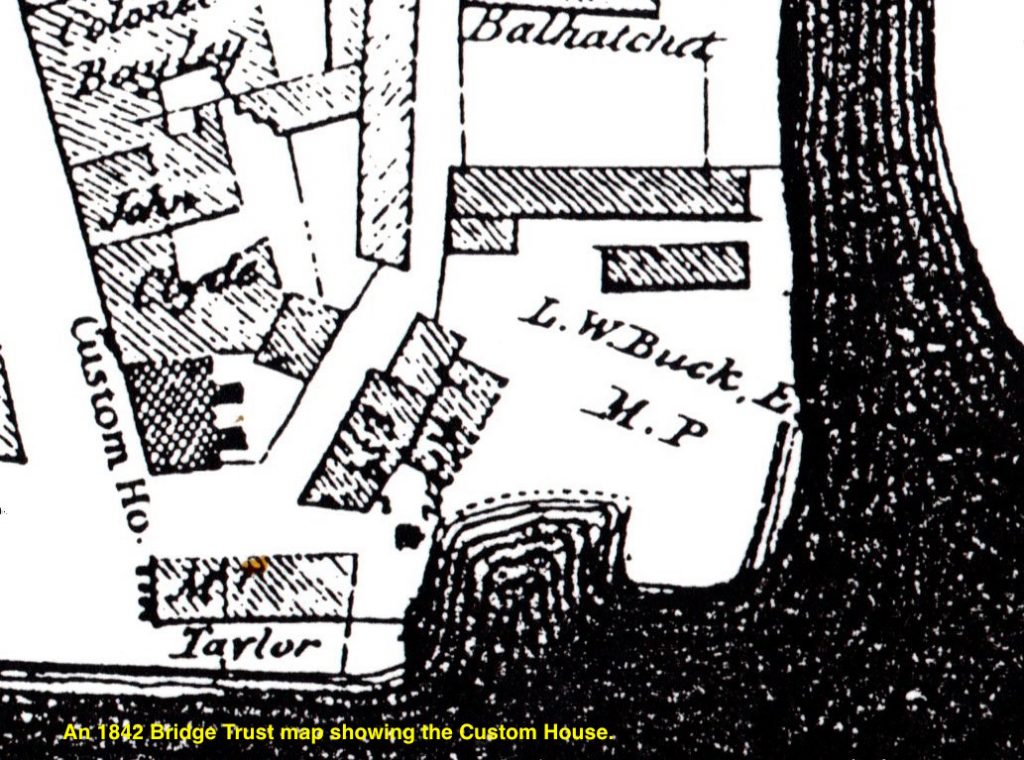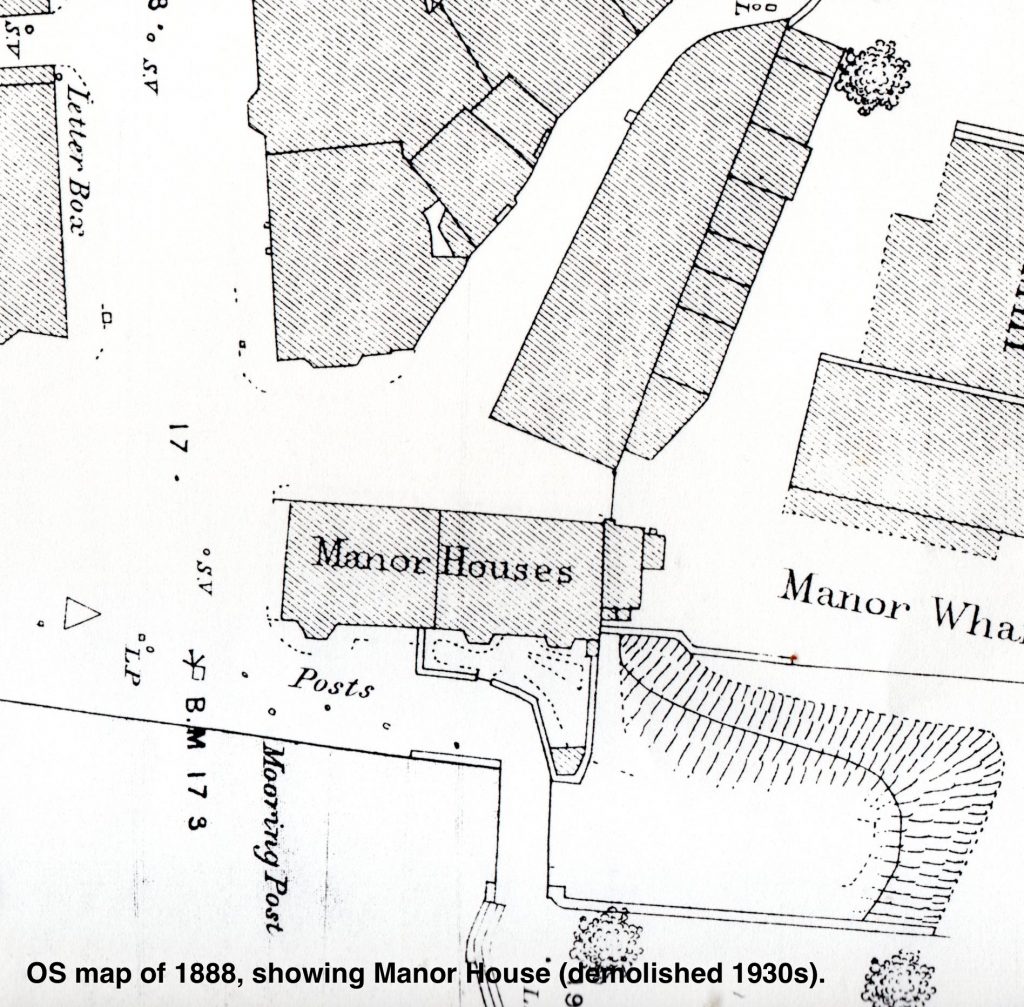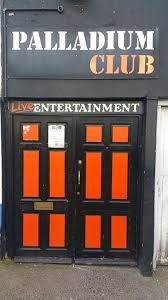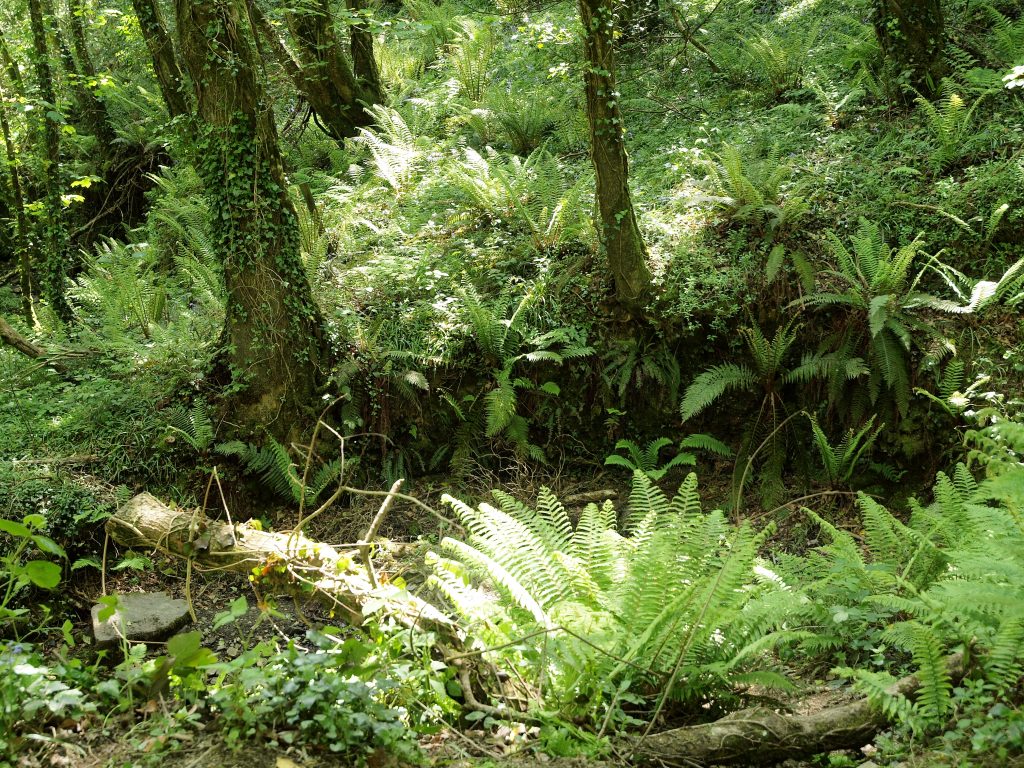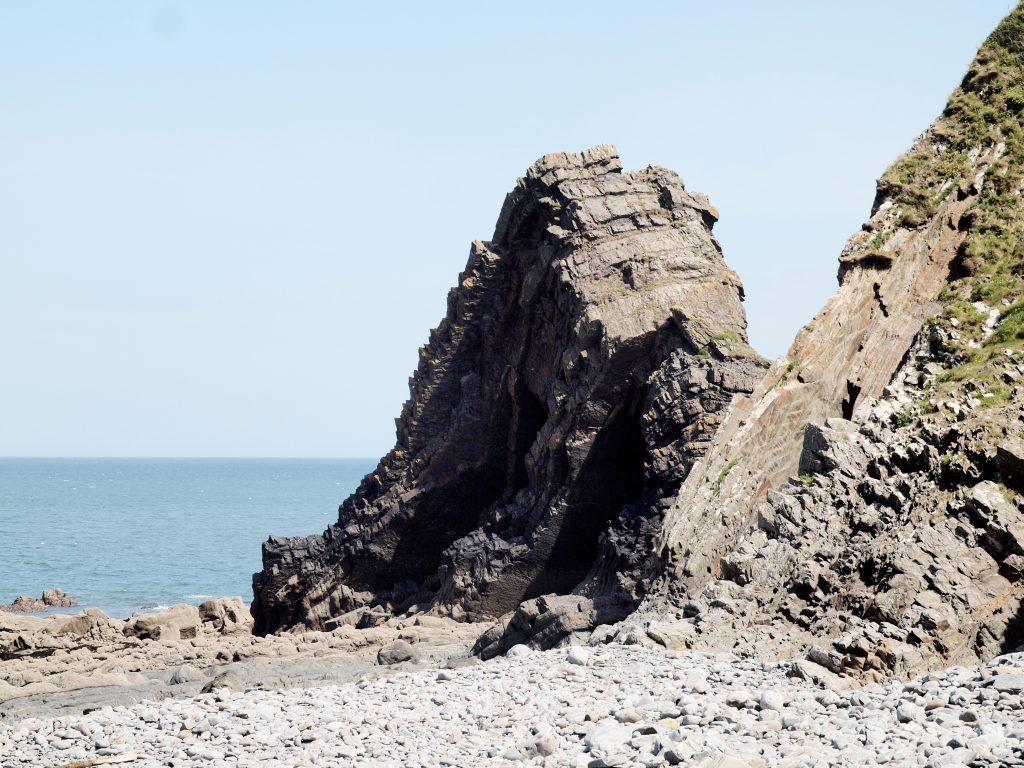In this age of man-made global warming it is unlikely that we will see a repetition of what occurred in Bideford in 1894-5 and 1963. Simply put, this was the freezing over of the River Torridge around the Bridge. Both of these happened during a prolonged period of extremely cold weather, but the impacts were very different.
The first, shown here in two contemporary photographs, saw headlines in the Bideford Gazette which read ‘Distress in Bideford – A relief committee formed.’ Many men worked in outdoor occupations and the long period of frost and snow saw many thrown out of work and in ‘distress’.
In response the Mayor and rector hosted a meeting to seek subscriptions to provide soup to families said to be ‘on the verge of starvation’. The Gazette reports the sums donated by the councillors present, which ranged from 52p to £5. Further money came in over the next few days – enough to open a daily Soup Kitchen at the Music Hall in Bridgeland Street, with a second kitchen opening at East-the-Water every other day and another at Old Town also operating on alternate days. In addition Messrs How & Co. announced the distribution of several tons of coal to the poor.
A week later the Gazette could report ‘From all quarters little children were converging upon the Music Hall; some carried jugs, and others swung empty cans, some were warmly clad, many, alas, were thinly clad, but all looked hungry, and there was an anxiety in the eyes of some of the little mothers as they hurried along Bridgeland Street, lest the soup should hold out until their turn came.’
Eventually some £120 was collected and spent on soup, this being enough to tide the poor over the worst effects of the cold snap.
Compare this to the freezing up of the Torridge in 1963 – shown in the photograph below. No-one was starving and no soup kitchen was required – but the Bridge Trust did employ a large group of unemployed men to break up the larger ice floes piled up against the Bridge piers in order to protect the arches from damage. Unfortunately the damage that was caused was later blamed for the collapse of the two westernmost arches five years later. This could never be proved, of course, but suffice to say it seems unlikely that the Bridge and Bidefordians will experience another cold period so extreme that the river freezes over – but we will see.
Peter Christie.
______________________________________________

